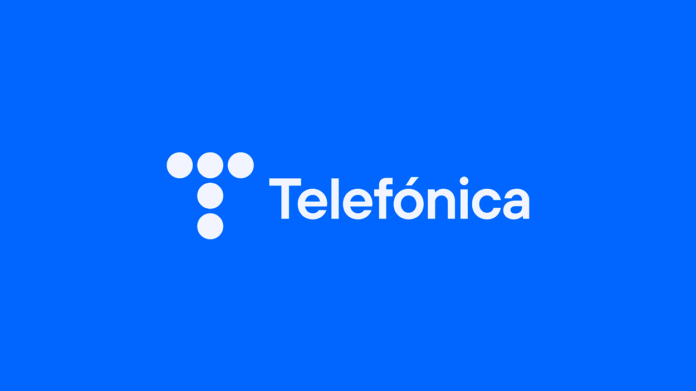Nokia said that the test showed that 25G PON can co-exist with Telefonica’s existing GPON solution
Nokia announced that Spanish operator Telefonica has successfully trialed 25G PON technology.
The Finnish vendor said in a release that the trial, the first in Spain to demonstrate symmetric speeds of 20 Gbps, showed that 25G PON can co-exist with Telefonica’s existing GPON solution.
Telefonica, which currently has fiber deployed to almost 60 million homes across its business units, has validated with this trial that current GPON and XGS-PON broadband technologies can co-exist on the same fiber with the 25G PON. Nokia noted that 25G PON delivers “huge symmetrical bandwidth capacity” that will support new use cases and bandwidth requirements.
Gonzalo Garzón, head of fixed access at Telefonica, said: “Telefonica was the first operator in Spain to provide gigabit connectivity, but we are not stopping there. Consumer bandwidth demands never halts and exciting applications, like VR gaming, will always be evolved to make the most of available bandwidth. New FTTH technologies give us even more opportunities than home connectivity. With their massive uptick in capacity we’ll be able to offer new business services on the same network.”
“Thanks to our Quillion chipset, this 25G PON proof of concept with Telefonica has demonstrated that the huge bandwidth-capacity can be easily added to their existing networks, co-existing with their existing PON technologies. This means customers on the same fiber line can be served with GPON, XGS-PON or 25G GPON, making it much easier to manage upgrade cycles,” said Bjorn Capens, VP for Europe at Nokia Fixed Networks.
Telefónica’s 5G network currently covers 83% of the Spanish population. The operator said its 5G network provides coverage in 1,719 towns and cities across Spain.
The telco also noted that nearly 1,700 towns and cities in Spain are covered by its 700MHz 5G service, which had been activated in February of this year.
In July 2021, Telefónica officially announced its decision to award the contracts to deploy its 5G standalone radio networks across Spain to Nordic vendors Ericsson and Nokia.
Telefónica has recently completed its 5G spectrum with the acquisition of five blocks of 200 MHz in the 26 GHz band.
“The acquired spectrum that can be deployed from 2023 will serve to offer use cases that require high speeds and performance and lower latencies, which will catalyze the development of innovative applications both in the industrial environment and aimed at the general public that will place Spain at the forefront of digitization,” the telco added.

